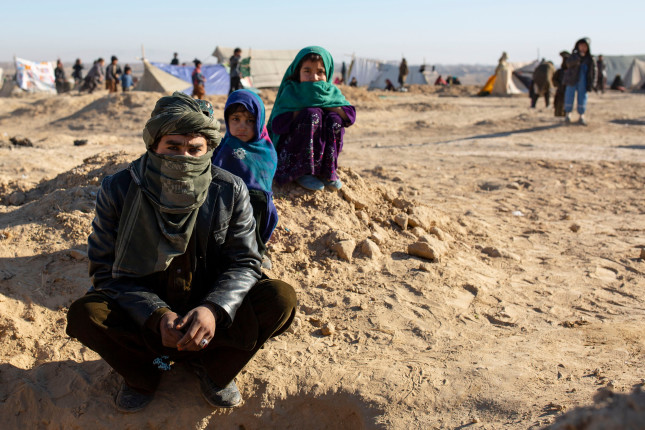-
Sustainable Responses to Human Mobility, Climate Change, and Conflict
October 19, 2021 By Alice Chang
“We should not see people moving as a security threat. People do not move if they’ve got a better option. As a community, one of our responsibilities is to provide people with the options,” said Andrew Harper, Special Advisor to the UNHCR High Commissioner for Climate Action, at a discussion on human mobility, climate change, and conflict hosted at the 2021 Berlin Climate and Security Conference. “We need to ensure that projects and activities that have been put in place are not short term, but are geared up to be addressing the challenges that the world will be facing within five to ten years’ time.”
Significant progress has been made in understanding the impacts of climate change on migration and security. However, said Beatrice Mosello, a senior analyst at adelphi, generalized narratives that equate climate change with migration and conflict miss the complexity of the issue. Instead, Mosello said, greater attention must be paid to how climate-related challenges affect different demographic and social groups, like women, to understand the “socioeconomic, political, and other dynamics that are at play in specific contexts.”
In the Middle East and North Africa (MENA) region, for example, climate change has varying effects on migration patterns. Citing a forthcoming report on water, migration, and conflict in the region, Majd Al Naber, Senior Researcher on Sustainable Development at the West Asia-North Africa Institute (WANA), said that more than 25 percent of internally displaced persons (IDPs) in Iraq cite water scarcity as a reason for displacement and inability to return home. But for many countries in the region, water scarcity is not the primary driver for migration. Job insecurity, negative socioeconomic outlooks, and poor governance were found to be more significant drivers of migration than water-related issues, said Al Naber.
Further underscoring the complexity of the connections, the WANA study also found that while armed conflict across the MENA region has led to significant damage and deterioration of water and electricity infrastructures, climate and water issues have had little to no influence on conflict in the region.
Pragmatic solutions to these challenges often arise from people who cope with climate-related issues on the ground, such as mayors and other community leaders, said Harper. “We need to be looking for those champions for a more sustainable, positive future, and providing them with the support.” Case studies of innovative approaches, like Bangladesh’s investment in its second-tier cities to help reduce population pressure on large cities, can offer solutions and ideas in other contexts in the future, said Mosello.
Many questions remain about the security implications of how climate change, conflict, and human mobility interact. However, actors at the state, regional, and international levels are increasingly paying attention. Changing the narrative around migration will be helpful in identifying solutions. “When we talk about security, let’s move away from walls and guns,” said Harper. “Let’s talk about human security and addressing the needs of why people have to move in the first place.”
Read more:
- Water insecurity in Afghanistan in the aftermath of the Taliban’s takeover
- What does displacement, migration, and urbanization look like in the 21st century?
- How can cities prepare for climate-driven migration?
Sources: adelphi and West Asia-North Africa Institute.
Photo Credit: A father and his children are waiting in a refugee camp, Afghanistan/Sheberghan, courtesy of Amors photos.
 A Publication of the Stimson Center.
A Publication of the Stimson Center.



